.
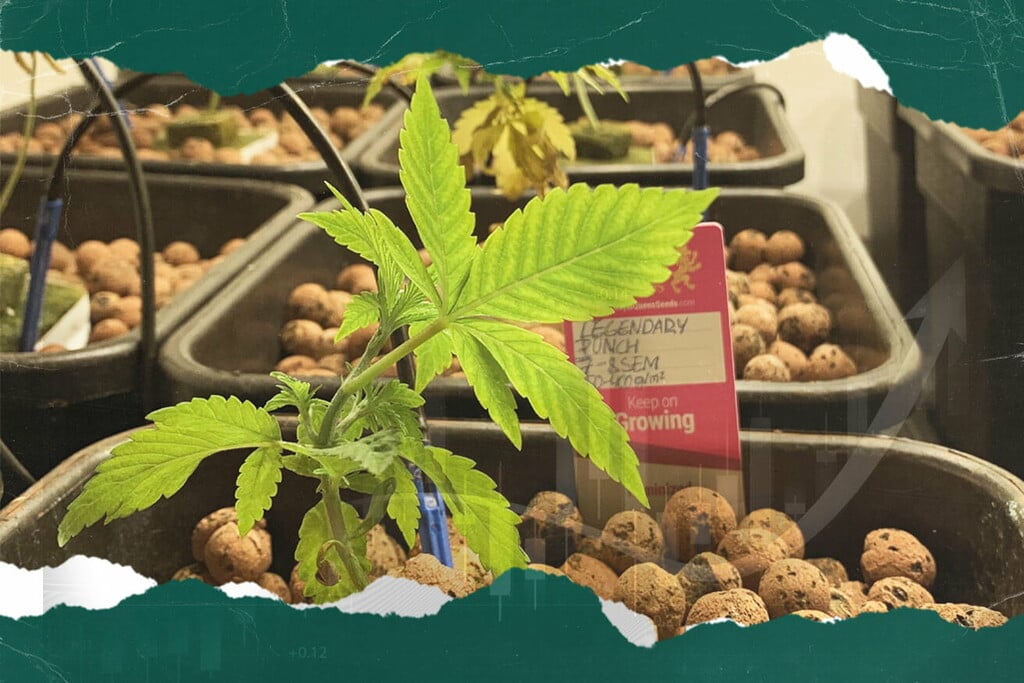
Amino Acids in Hydroponics
Hydroponic growing can be very productive, but it's an inert medium by default. Here, we're looking at additional amino acids and how they can improve your grow.
Contents:
Hydroponic farming is a novel, highly effective and promising method of cultivating plants without the need for soil. This innovative approach offers an efficient way to use resources, allowing for high yields within controlled environments. Despite these advantages, hydroponic growers often encounter challenges like nutrient deficiencies, plant stress, and suboptimal growth rates. Although traditional fertilisers provide essential nutrients, they do not always ensure optimal uptake by the plants.
Enter amino acids—a promising advancement in hydroponics. These fundamental building blocks of proteins play a vital role in plant metabolism and, when integrated into hydroponic systems, can dramatically improve nutrient absorption, bolster plant resilience against stress, and enhance overall crop yield. Here, we’re looking at how amino acids could revolutionise hydroponics. Understanding the role of amino acids in plant growth can enable hydroponic enthusiasts to fine-tune their systems, resulting in healthier, more productive plants.
The Benefits of Amino Acids in Hydroponic Systems
Using additional amino acids in hydroponic systems can bring various benefits to your growing endeavours, and you may as well utilise these benefits for more productive grows!
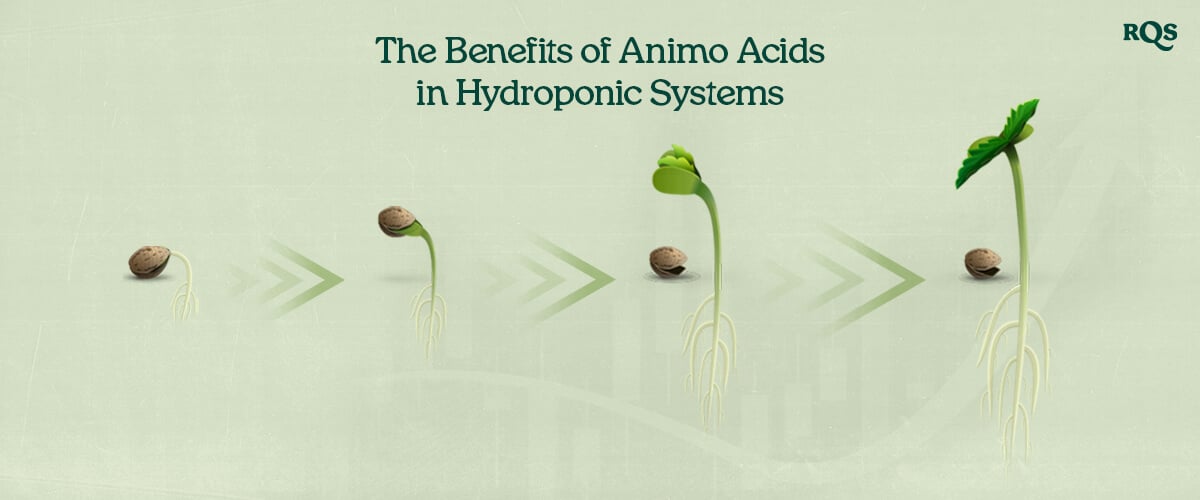
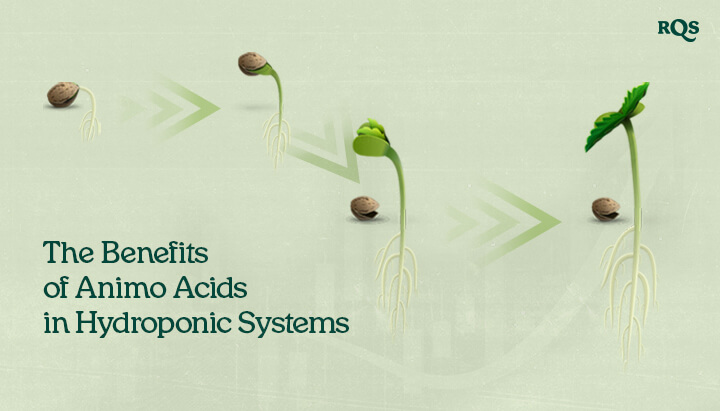
Enhanced Nutrient Uptake
Amino acids act as natural chelating agents, aiding in the binding and transport of essential minerals within the plant. In hydroponic systems, where plants depend solely on nutrient solutions, the efficiency of nutrient uptake is paramount. Amino acids like glycine and glutamic acid increase the bioavailability of key micronutrients such as iron, zinc, and calcium, ensuring more effective absorption by plants.
Moreover, amino acids support root development by stimulating the production of root hair cells, thereby increasing the surface area for nutrient absorption. A robust root system is critical for hydroponic plants, ensuring steady access to essential nutrients, which, in turn, promotes healthier and more vigorous growth. Additionally, amino acids can help mitigate the common issue of nutrient lockout, where plants are unable to absorb nutrients effectively due to imbalances in the nutrient solution.
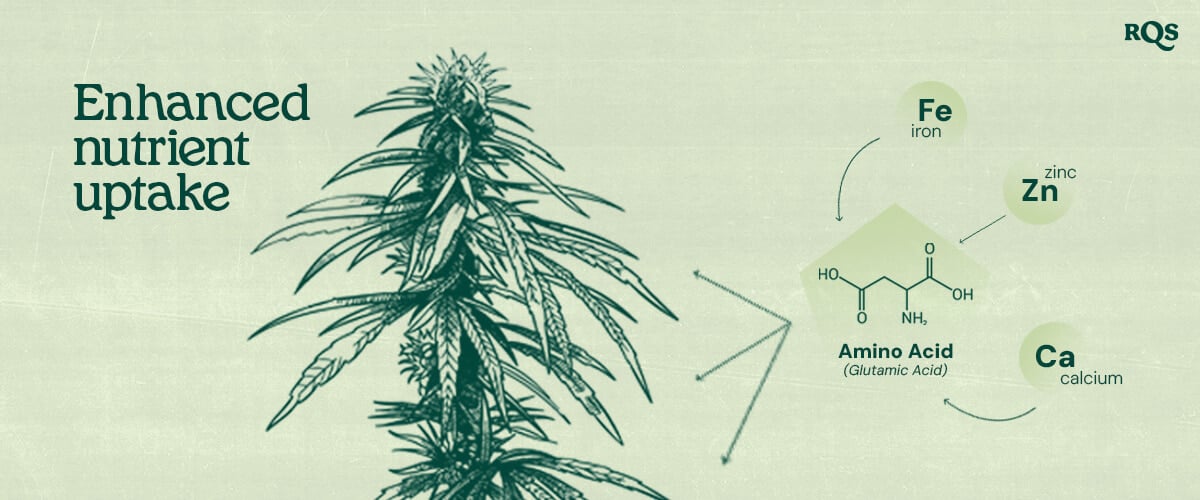
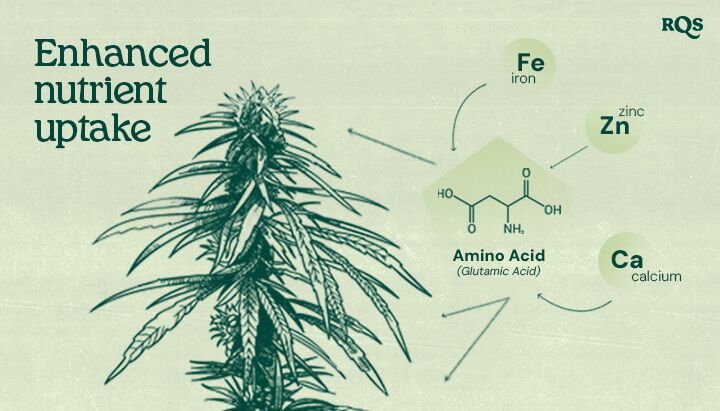
Boosting Stress Tolerance and Plant Growth
Fluctuations in environmental conditions, including temperature changes, high salinity, and water quality issues, can stress hydroponic plants. Amino acids are crucial in helping plants navigate these stressors by serving as precursors for stress-related proteins and enzymes.
Proline, for instance, accumulates in plant cells under stress, aiding in maintaining cellular integrity and preventing dehydration. Similarly, methionine contributes to the synthesis of ethylene, a hormone that regulates plant growth responses to stress. By fortifying hydroponic systems with amino acids, growers can bolster their plants' resilience against adverse conditions, ensuring consistent growth rates. Amino acids also play a role in osmotic regulation, helping plants maintain water balance even under suboptimal environmental conditions.
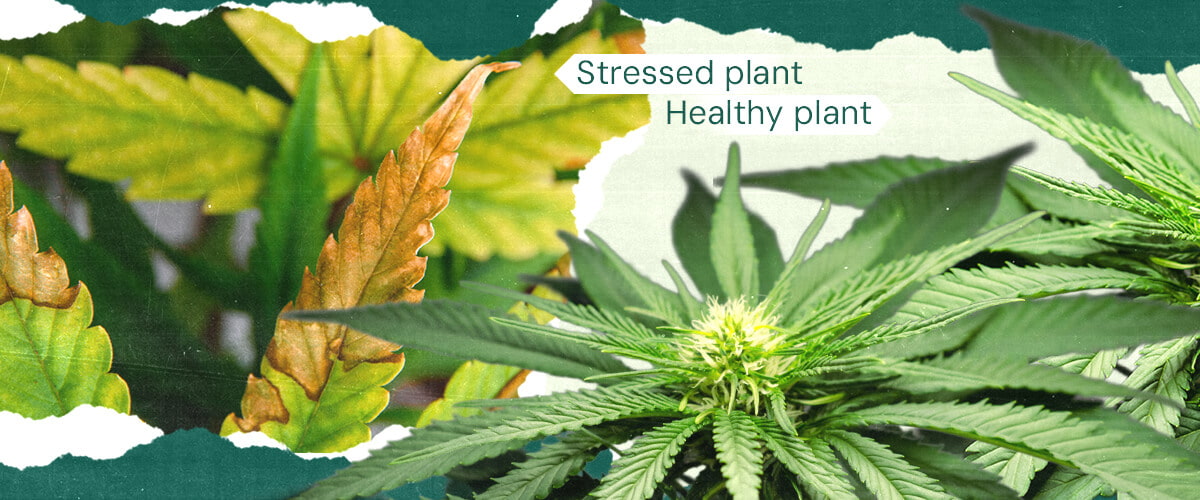

Increasing Yield and Quality
Research has demonstrated that integrating amino acids into hydroponic systems leads to considerable boosts in crop yield and quality. With an ample supply of amino acids, plants can allocate more energy to growth, flowering, and fruit production.
Amino acids also influence the synthesis of secondary metabolites, the compounds responsible for the flavour, colour, and aroma in fruits and vegetables. Consequently, crops cultivated with amino acid supplementation exhibit richer flavours, more vibrant colours, and enhanced market value. Furthermore, certain amino acids, such as tryptophan, contribute to auxin synthesis, a plant hormone that directly influences cell division and elongation, leading to stronger stems, larger fruits, and overall improved plant structure.
Best Practices for Using Amino Acids in Hydroponic Systems
Using amino acids in your hydro grow isn’t very challenging, but you should ensure you know how to employ them for best results.
Recommended Amino Acids
Not all amino acids offer the same benefits. The most effective types are L-amino acids, known for being biologically active and easily absorbed by plants. Key amino acids include:
- Glycine and Glutamic Acid: Enhance nutrient chelation and uptake.
- Proline: Improves stress tolerance.
- Methionine: Supports hormone synthesis and root development.
- Arginine: Stimulates plant growth and flowering.
- Tryptophan: A precursor to auxins, which promote cell elongation and overall growth.
- Serine: Plays a role in the synthesis of essential lipids and proteins required for cell function.
Dosage and Frequency Guidelines
The ideal dosage of amino acids depends on the crop type, growth stage, and broader nutrient management strategy. Typically, amino acids should be used in concentrations between 0.5 to 2 grams per litre of nutrient solution. It’s advisable to start with lower concentrations, adjusting based on plant response.
Applications can occur weekly or biweekly, depending on plant needs. Overuse should be avoided as it can disrupt nutrient balance in hydroponic systems. Additionally, keeping track of pH levels is crucial, as an imbalance may hinder amino acid effectiveness.
Application Techniques
Various methods exist for integrating amino acids into hydroponic systems:
- Foliar Spray: Direct application to plant leaves enables rapid absorption, ideal for stress relief and quick nutrient correction.
- Nutrient Solution: Adding amino acids to the hydroponic reservoir provides a steady supply throughout the plant’s growth cycle.
- Seed Treatment: Pre-soaking seeds in amino acid solutions can enhance germination rates and early seedling development.
- Root Drenching: Direct application to the root zone can further improve uptake efficiency.
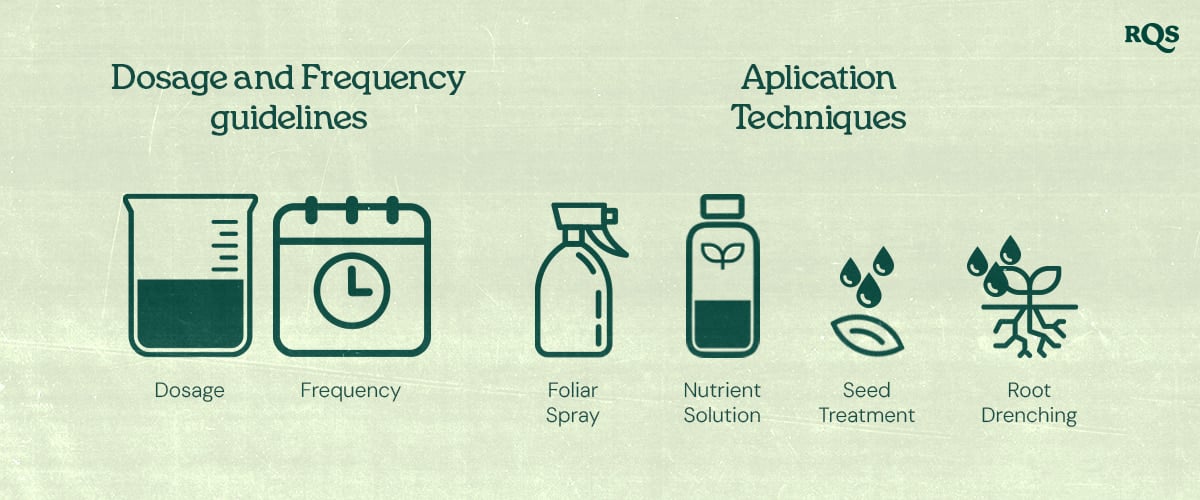
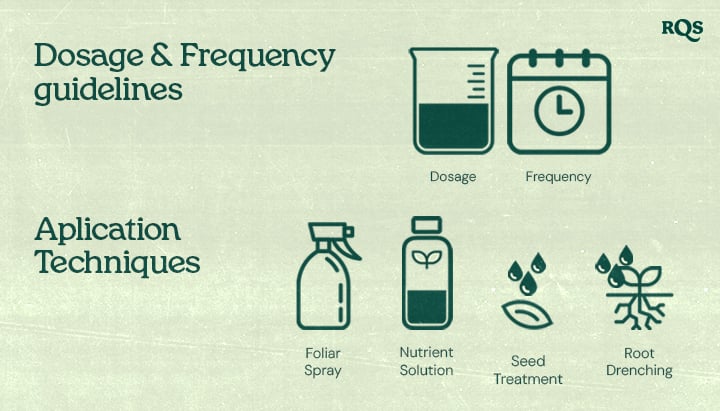
Do’s and Don'ts for Using Amino Acids
| Do’s: |
|
| Don'ts: |
|
| Do’s: |
|
| Don'ts: |
|
Common Pitfalls to Avoid
Hydroponic growers sometimes mistake amino acids as substitutes for essential nutrients. While they enhance nutrient uptake and metabolism, they do not replace a balanced nutrient solution.
Inconsistent application is another error. To maximise benefits, amino acids must be used consistently. Sporadic use might not yield the desired improvements in growth and yield.
Additionally, maintaining the correct pH level in nutrient solutions (typically between 5.5 and 6.5) is crucial for optimal amino acid absorption. Failure to maintain the correct pH can lead to decreased bioavailability and reduced plant performance.
Using Amino Acids: Boost Your Hydro Op
Amino acids have the potential to revolutionise hydroponic gardening by improving nutrient uptake, enhancing stress tolerance, and augmenting crop yield and quality. By incorporating amino acid supplements into their systems, growers can enhance plant health and productivity.
Success hinges on selecting the right amino acids, applying them at suitable dosages, and maintaining a balanced nutrient environment. With diligent management and proper application, amino acids can become a transformative element in hydroponic cultivation.
FAQ About Amino Acids in Hydroponics
- Are amino acids safe for all types of hydroponic systems?
- Yes, amino acids are generally safe for most systems, including deep water culture, nutrient film technique, and aeroponics. It’s crucial, however, to monitor their effects on pH and nutrient balance.
- How soon can results be seen after using amino acids?
- The impact of amino acids can be apparent within a few days to weeks, depending on crop type and environmental conditions.
- What is the optimal method to apply amino acids?
- Amino acids can be applied as a foliar spray, incorporated into the nutrient solution, or used in seed treatment. Foliar applications yield rapid results, while nutrient solution integration ensures continuous supply.
- Can amino acids replace traditional nutrients?
- No, amino acids complement traditional nutrients by enhancing nutrient absorption and metabolism. They do not substitute for the essential macro and micronutrients necessary for growth.






































